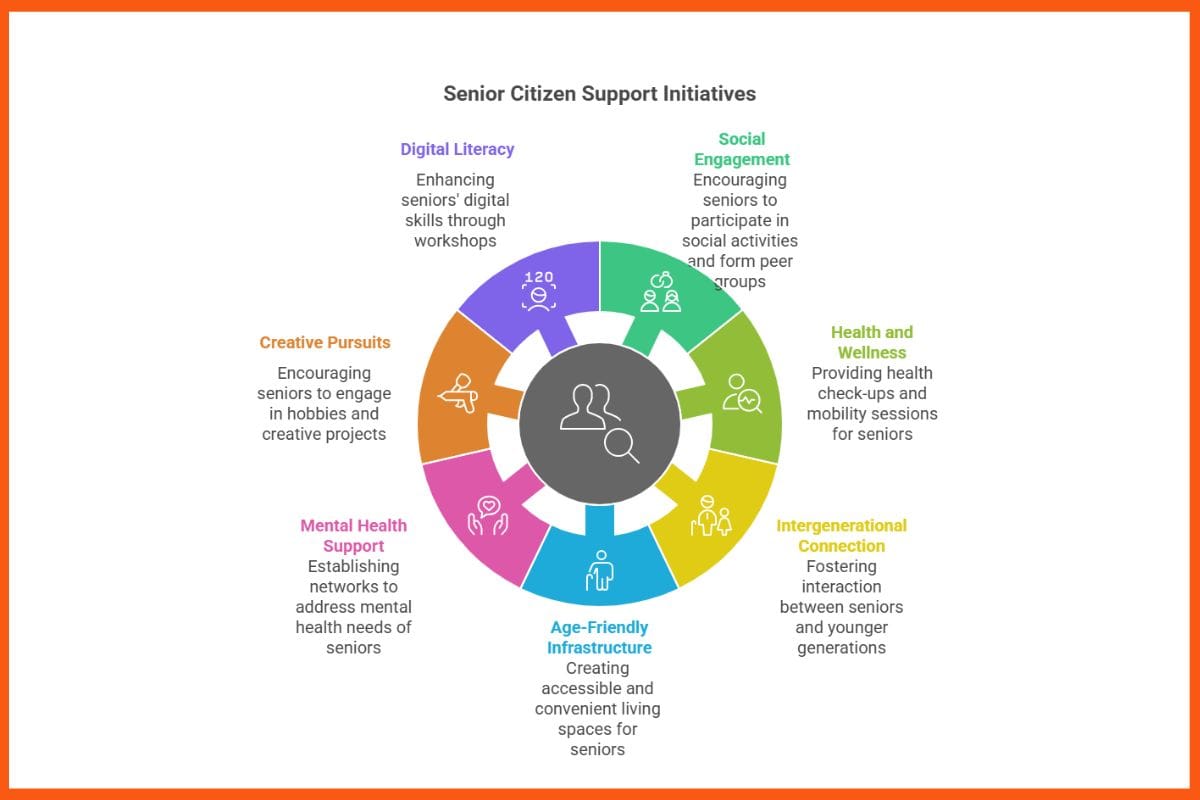- The company builds a modular Edge AI hardware platform – integrating compute, network, and storage into a single board.
- With fresh backing, Edgehax aims to accelerate adoption among startups, OEMs, and enterprises experimenting with hardware-driven innovation by scaling up production, advancing new product development, and expanding market access.
- This hardware is already being used in areas such as industrial gateways, humanoid robots, autonomous vehicles, drones, Indian defence applications across NavIC-based tracking systems, 4G/5G connectivity, and the company’s in-house DvarOS™ built specially to address Industrial Edge Gateways.
- So far, Inflection Point Ventures has invested over INR 800 Cr across 220+ businesses.
Edgehax, an Edge AI hardware platform, has raised INR 1.39 crore in a seed round led by Inflection Point Ventures. The funds will be used to boost manufacturing, accelerate product development, and scale into international markets across Singapore, the US and Europe. Edgehax is already used by 150+ startups, OEMs, and large enterprises to rapidly prototype, develop, and scale hardware-first products, all on a single integrated board with compute, connectivity, and storage.
Edgehax has recently won the NXP Silicon Seeds Startup Program 2025 to build an exclusive low-cost Edge AI compute module based on NXP chips for global automotive and consumer IoT applications. The product launch is planned in Singapore alongside NXP by December this year. The Company is also backed by Software Technology Parks of India (STPI) and has secured the MeitY Bhashini Startup Velocity 1.0 program award to build hardware that enables mass-market adoption of the Digital India Bhashini Voice AI platform.
Prabhu Stavarmath, CEO and Co-founder of Edgehax, added, “At Edgehax, our goal is to become a global pioneer in Edge AI Gateways and Single Board Computers by delivering fully integrated hardware platforms with open-source firmware and scalable cloud software – enabling rapid product development for startups, enterprises, and OEMs worldwide. By 2029, Edgehax aims to empower over 100 million developers using its boards and tools across APAC, the US, and Europe. The bigger goal is straightforward: become the go-to design and manufacturing partner for enterprises and OEMs that need hardware which is ready to use and easy to customise. Step by step, through consistent product development and local manufacturing, Edgehax is working to showcase its Make in India capabilities to a global stakeholders ecosystem.”
Edgehax is India’s answer to Raspberry Pi — a globally competitive, homegrown edge AI computing platform for developers, tinkerers, hobbyists and the student community globally.
Edgehax has enabled 100,000+ students and faculty development programs across 30+ universities and IITs using Edgehax dev kits. It also provides a hardware distribution platform for fabless OEMs to mass market their products and drive rapid adoption through its developer community across top-tier research institutions in India. The Edgehax community has been at the centre of shaping its products. Developers, students, and researchers using its kits are not just early adopters but also key drivers of awareness, which has helped the brand grow mostly through word-of-mouth. This bottom-up approach is now creating a hardware ecosystem where new products can be tested and scaled faster.
Vikram Ramasubramanian, Partner, Inflection Point Ventures says “Despite India being one of the largest markets for tech and AI, it lacks a domestic hardware prototyping platform. Startups, OEMs, and enterprises have to rely on foreign-made boards and compute modules. Our investment in Edgehax comes at a pivotal moment in time where the government also underlines India’s need for domestically designed and manufactured flexible hardware that is accessible, reliable and affordable. Edgehax is at the forefront of this, with not only product development but also community-led ecosystem that helps scale quickly and reliably.’’
Prabhu Stavarmath, Co-founder and CEO of Edgehax, with more than 15 years of experience in IoT hardware, product development, and enterprise sales, has previously built two startups that served over 100,000 customers and generated revenues of over half a million dollars, besides helping scale IoT and cloud solutions for global clients.
Savitri Patil, COO and Co-founder of Edgehax, has extensive experience in managing operations, supply chain, logistics, and team workflows. With a background in electronics and roles spanning manufacturing and IoT prototyping, she now drives Edgehax’s mission to streamline hardware development for innovators across India.
On the product side, Edgehax has managed to design and prototype its boards entirely in India, a step that adds weight to the country’s push for electronics independence. At present, more than 5,000 edge gateway boards are already in production, and about 10,000 compute modules meant for consumer appliances are expected to roll out by December 2025.
The global edge hardware market is expected to more than double by 2030, touching nearly USD 59 billion from around USD 26 billion in 2025. The rise of connected devices from smartphones and industrial machines to everyday IoT products is driving this demand for real-time data processing closer to where it is generated.
About Edgehax
Founded in 2025 by Prabhu Stavarmath and Savitri Patil, Edgehax is India’s first full-stack Edge AI hardware platform that combines compute, connectivity, and storage on a single board. Built to address the challenges of local prototyping and scaling, it helps startups, OEMs, and enterprises bring hardware products to market faster without relying on overseas supply chains. With locally manufactured hardware, assured long-term supply, and on-ground technical support, Edgehax delivers a plug-and-play experience that simplifies hardware development from idea to production.
About Inflection Point Ventures and Physis Capital
Inflection Point Ventures (IPV) is an angel investing platform with over 24,000+ CXOs, HNIs, and Professionals to together invest in startups. The firm supports new-age entrepreneurs by providing them with monetary & experiential capital and connecting them with a diverse group of investors. IPV has launched a $50 Mn CAT 2 VC fund, Physis Capital, to invest in Pre-Series A to Series B growth-stage start-ups. The fund has already deployed capital in six startups so far, with a few deals in advanced stages of pipeline.



